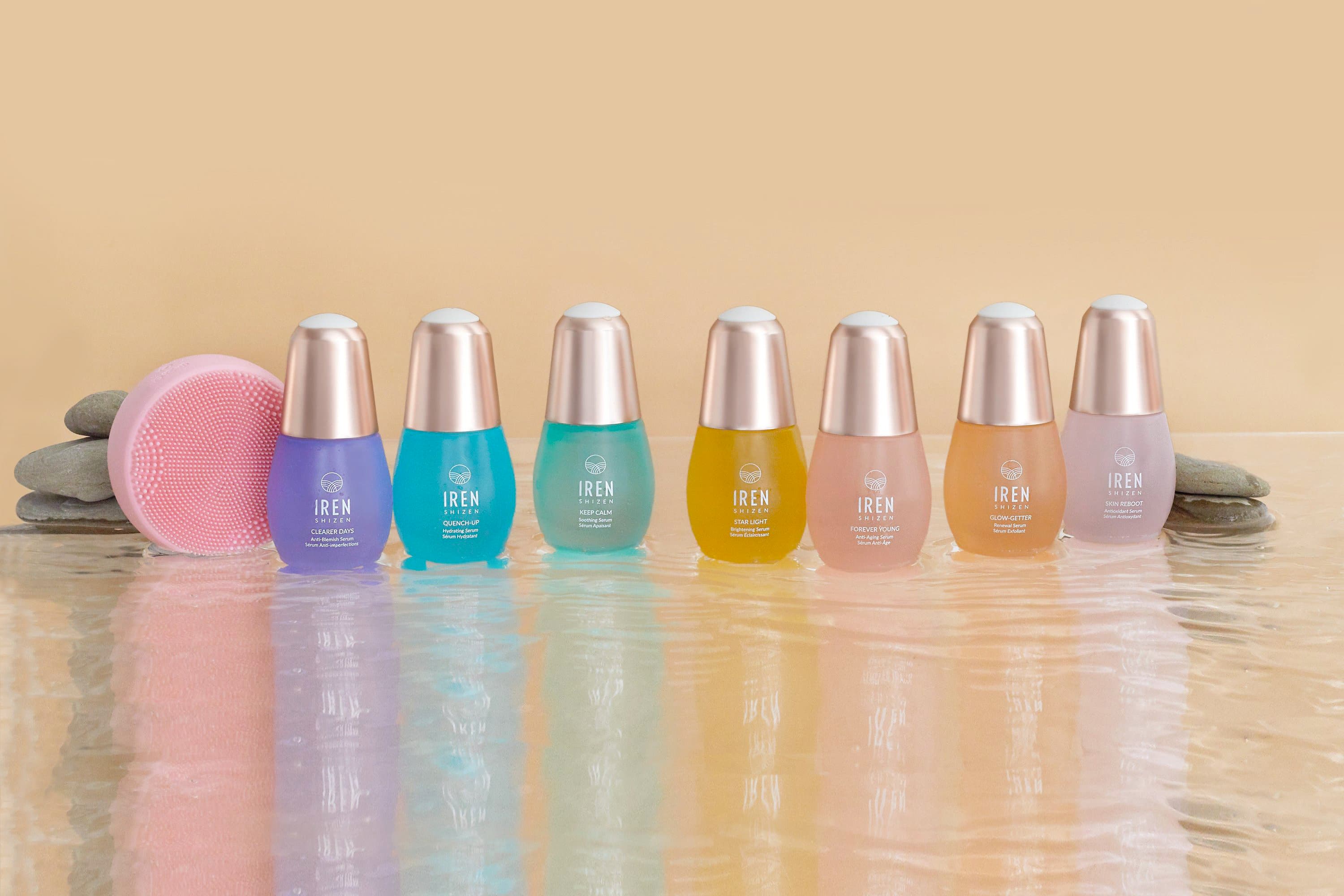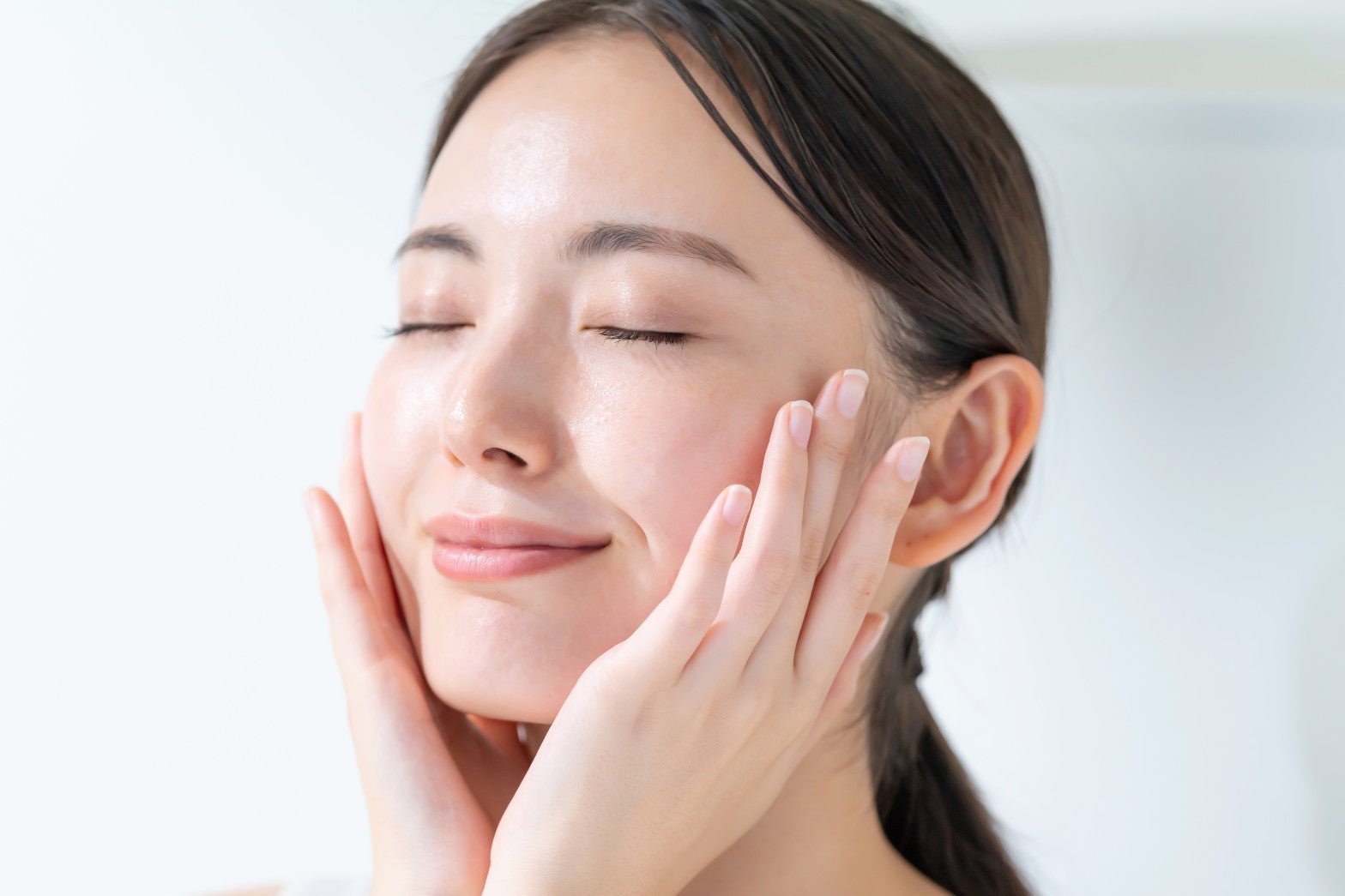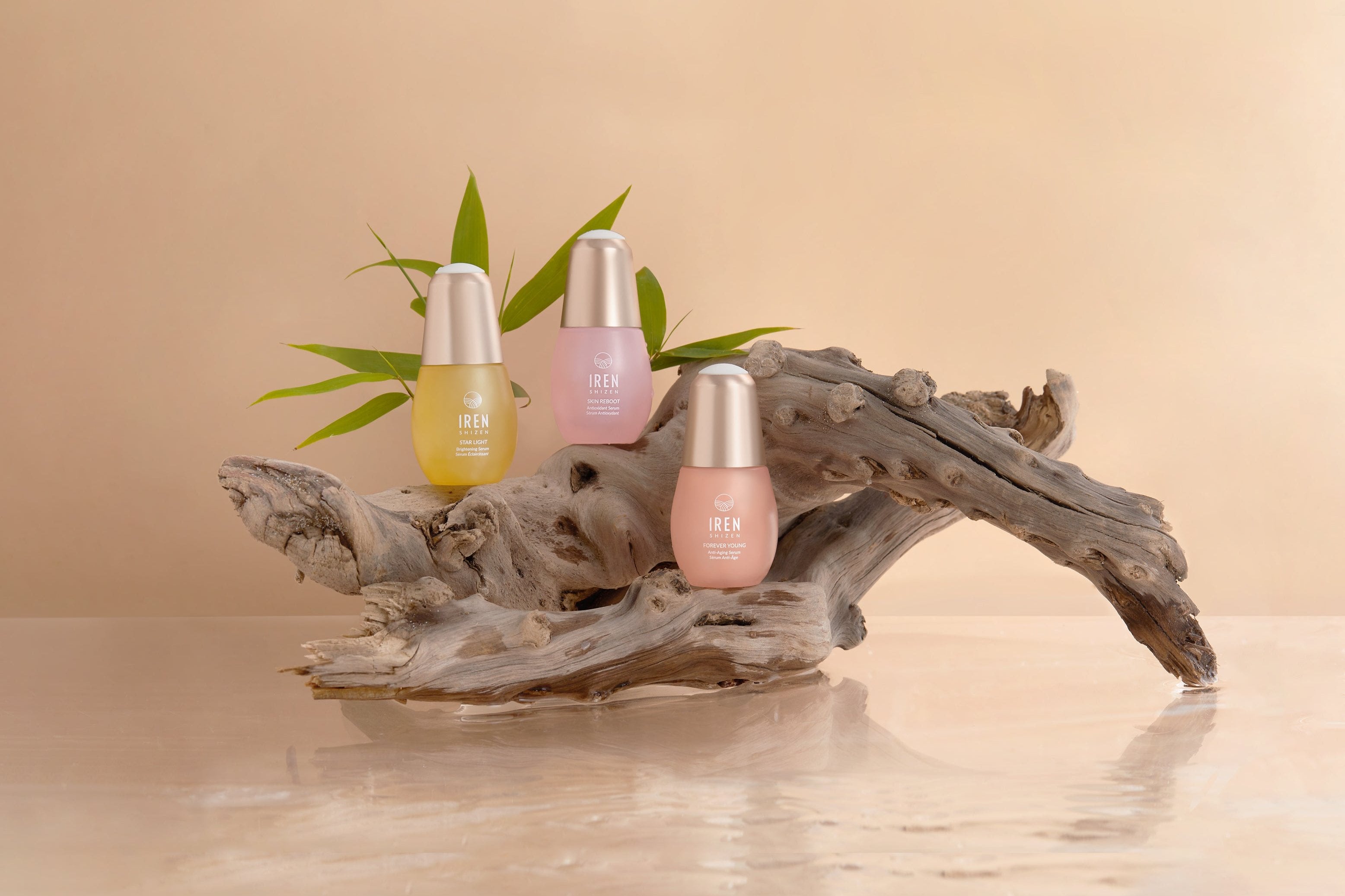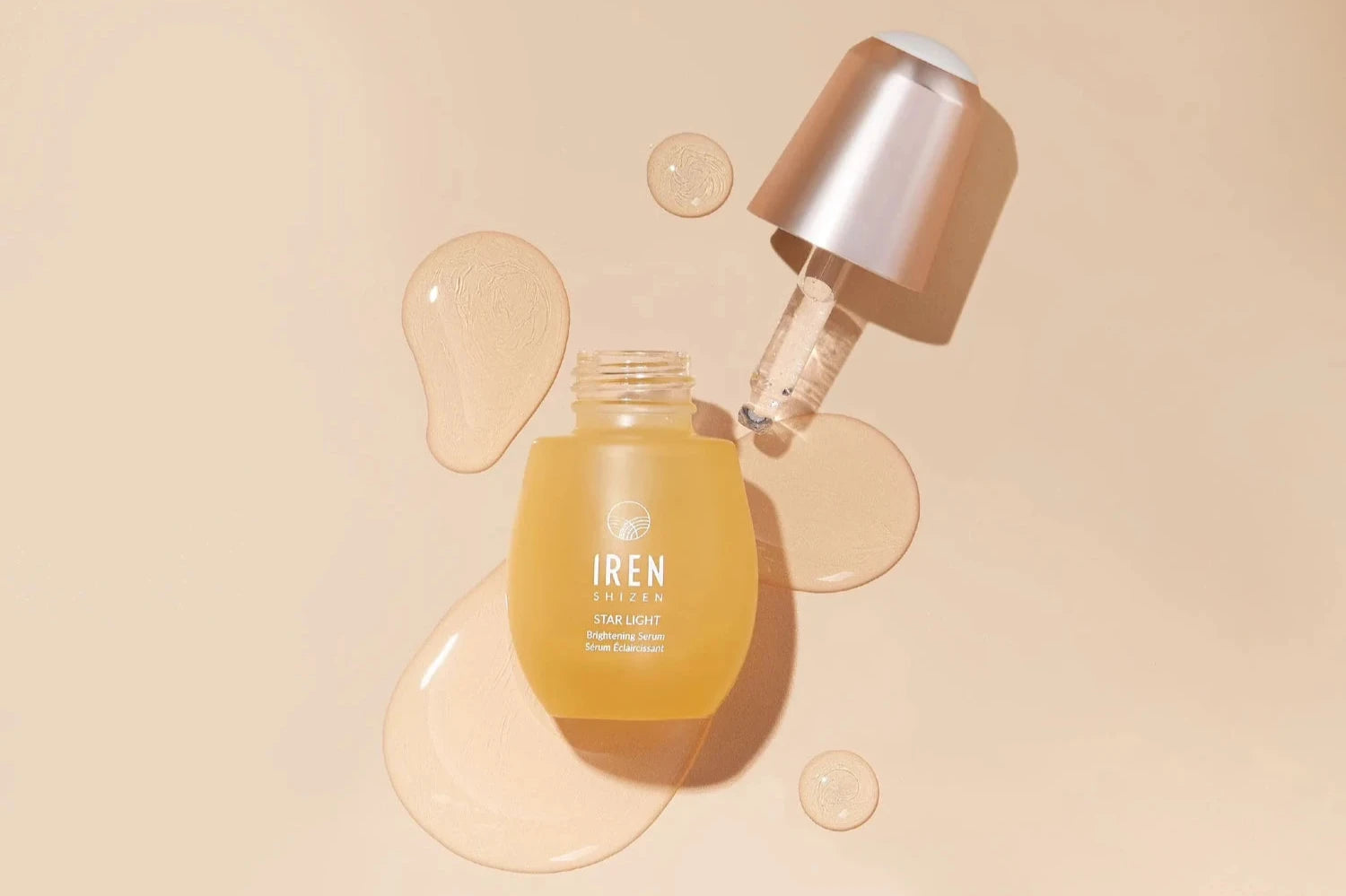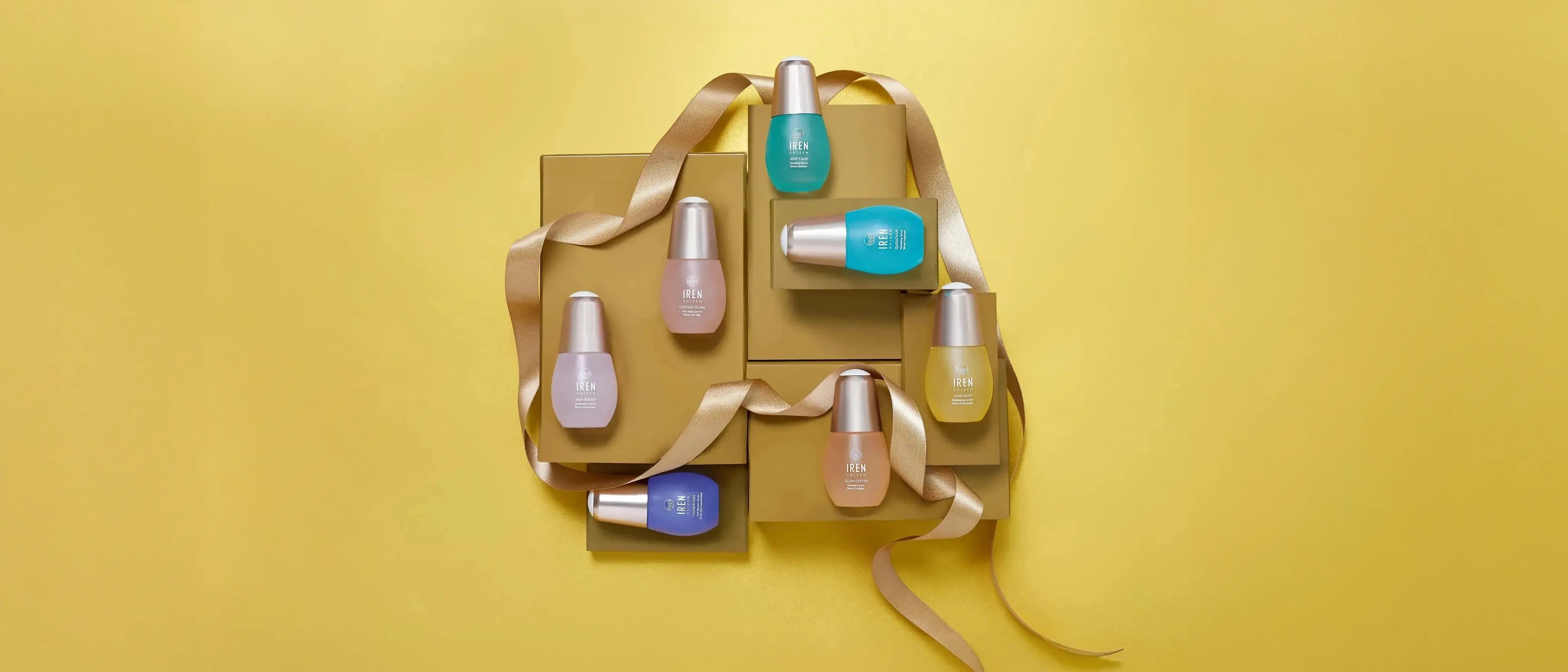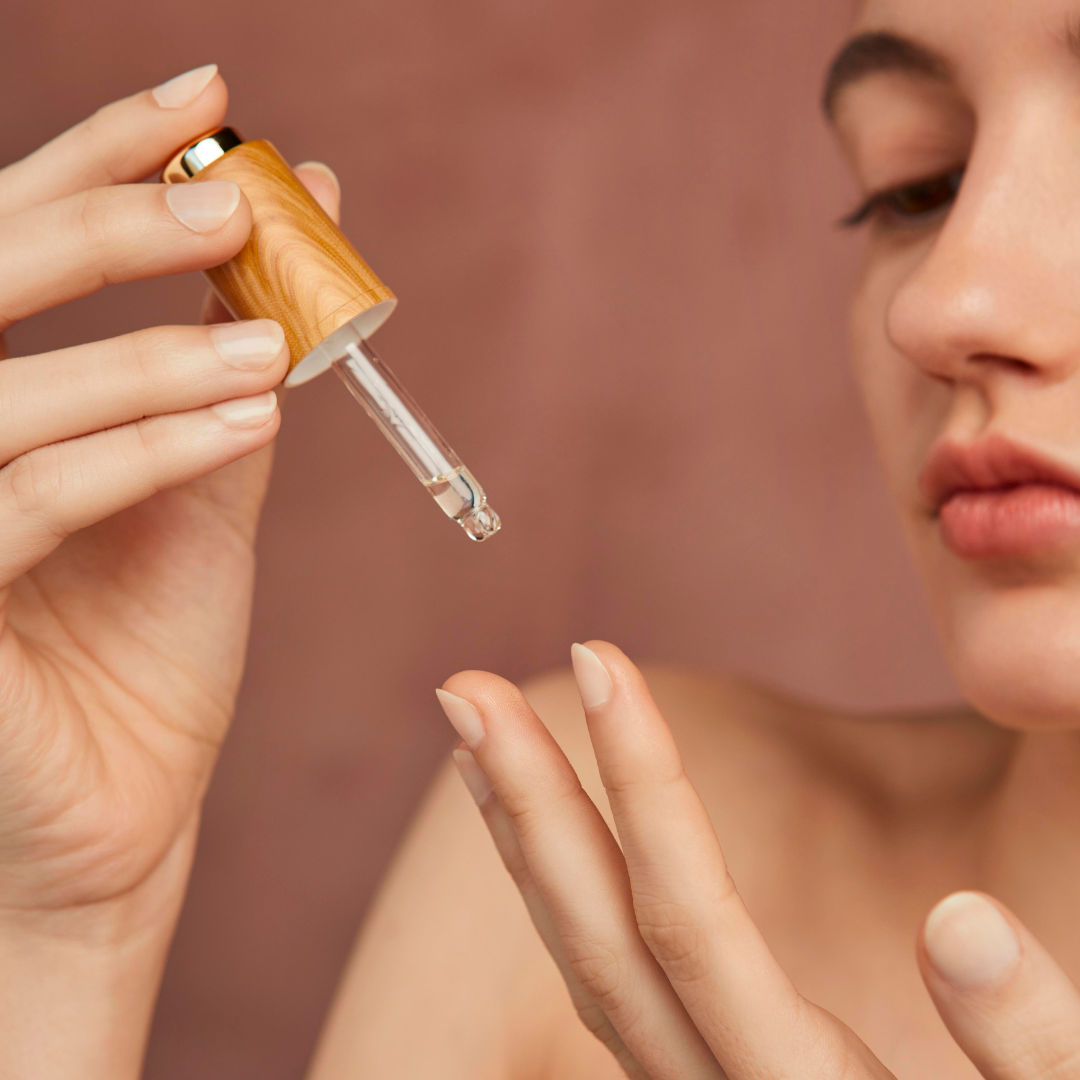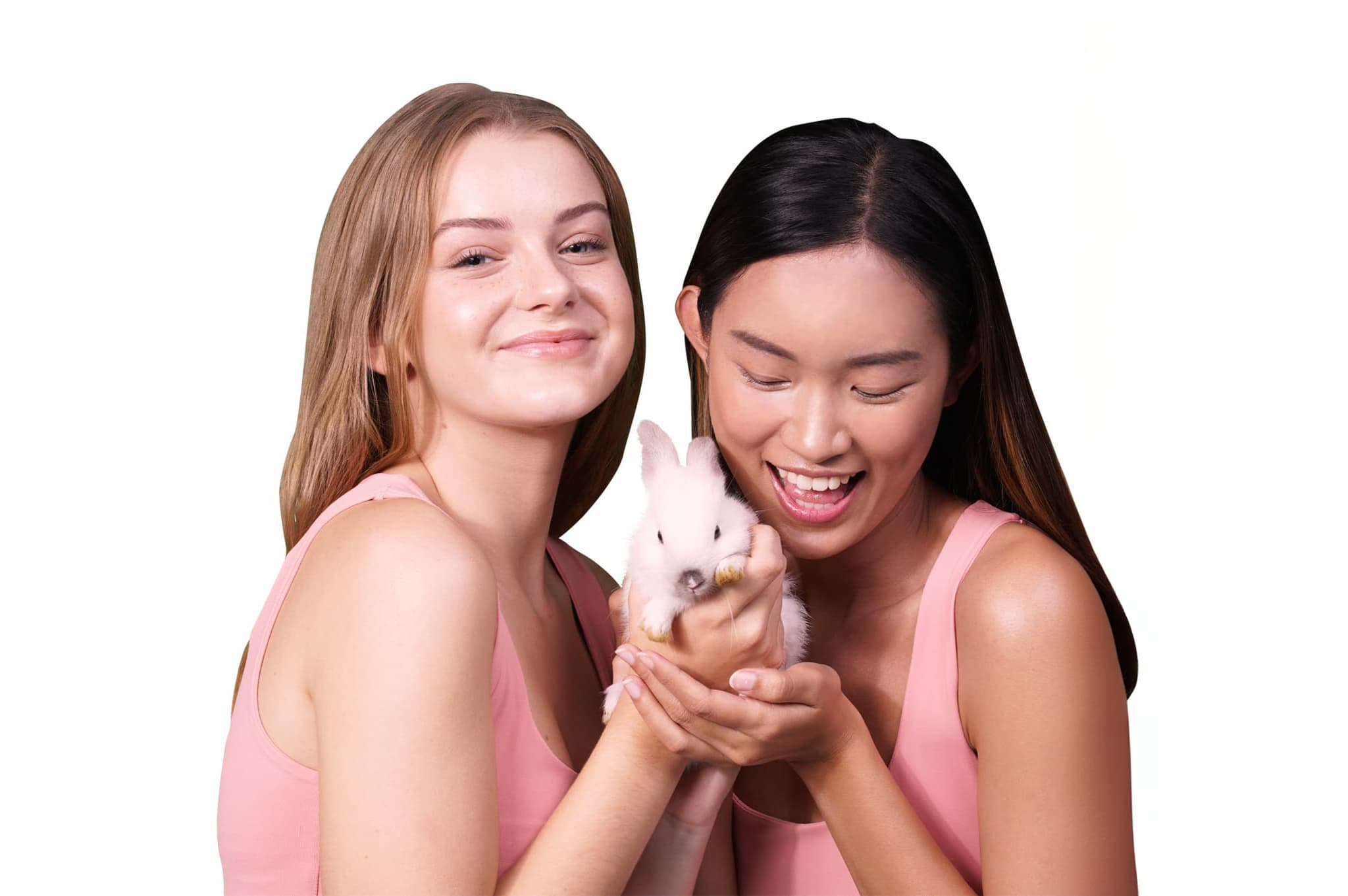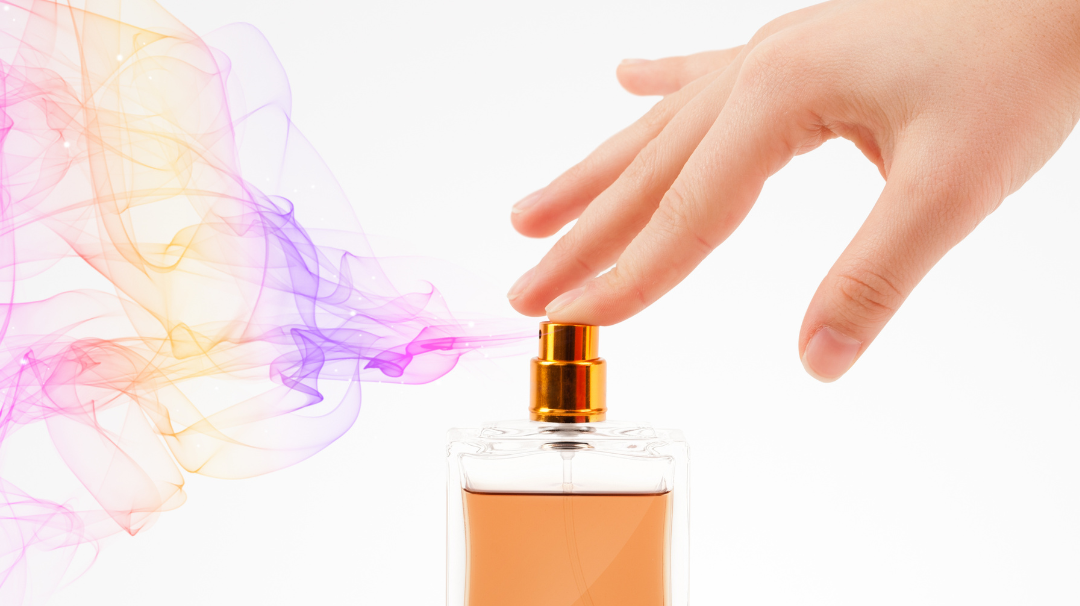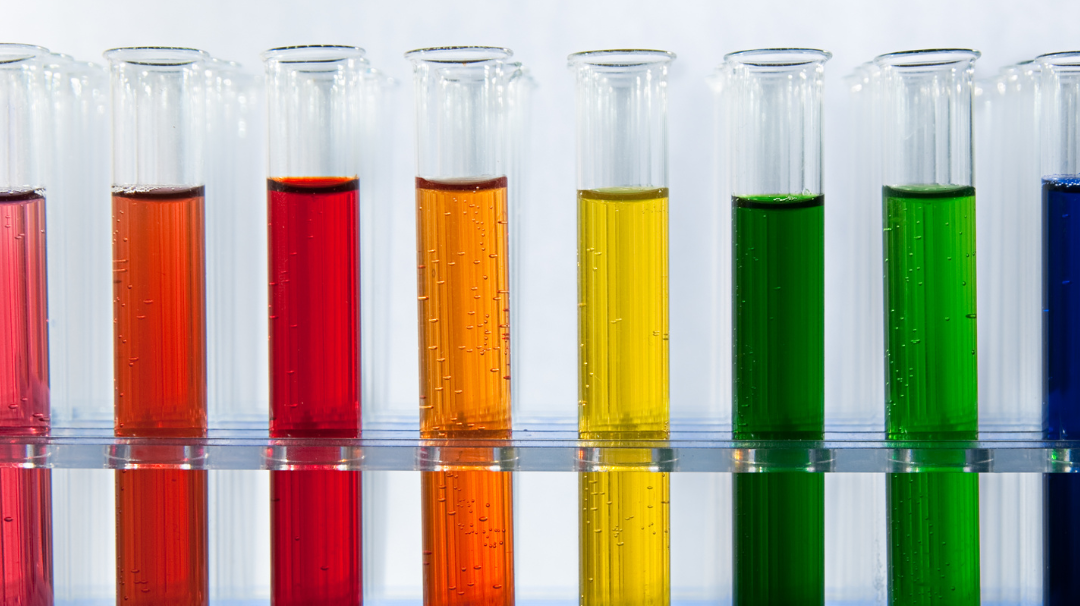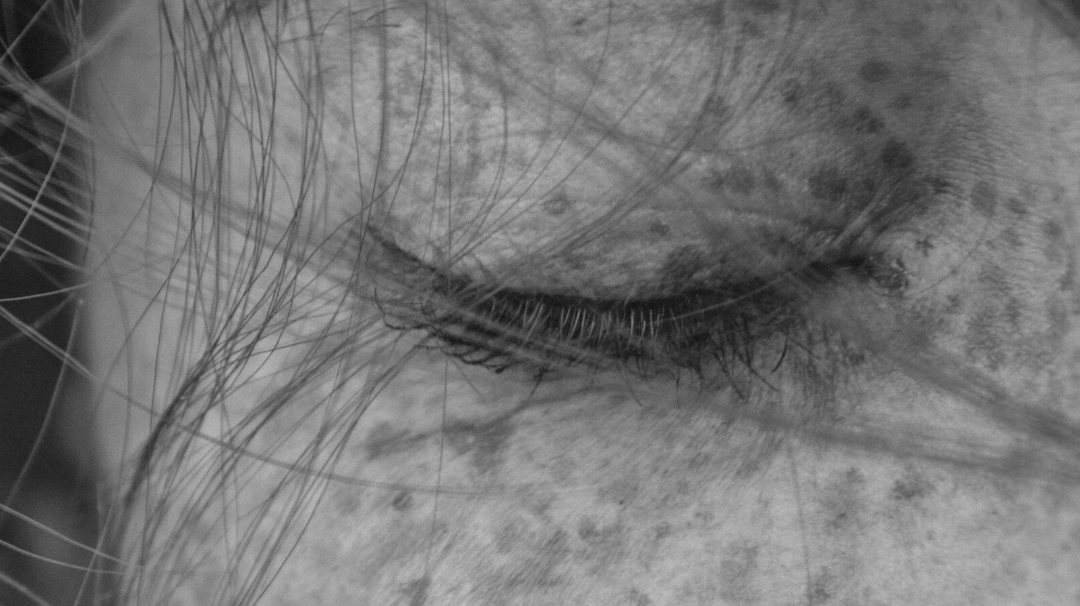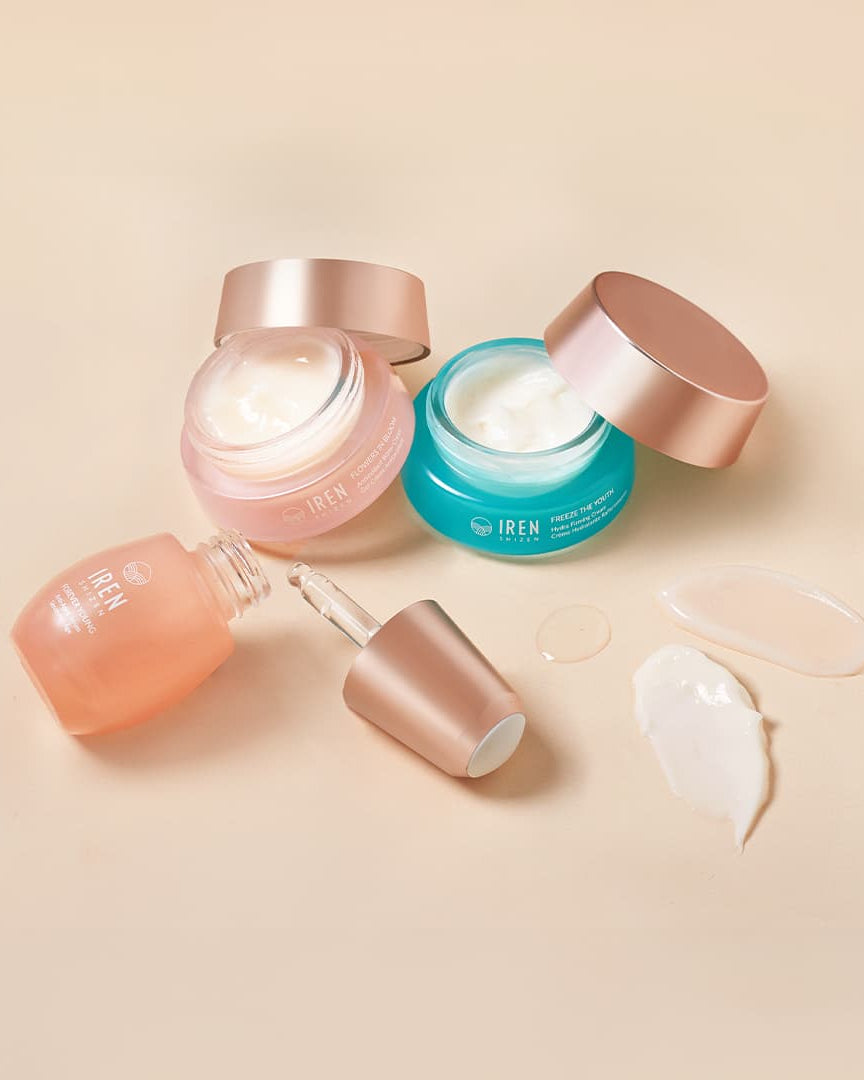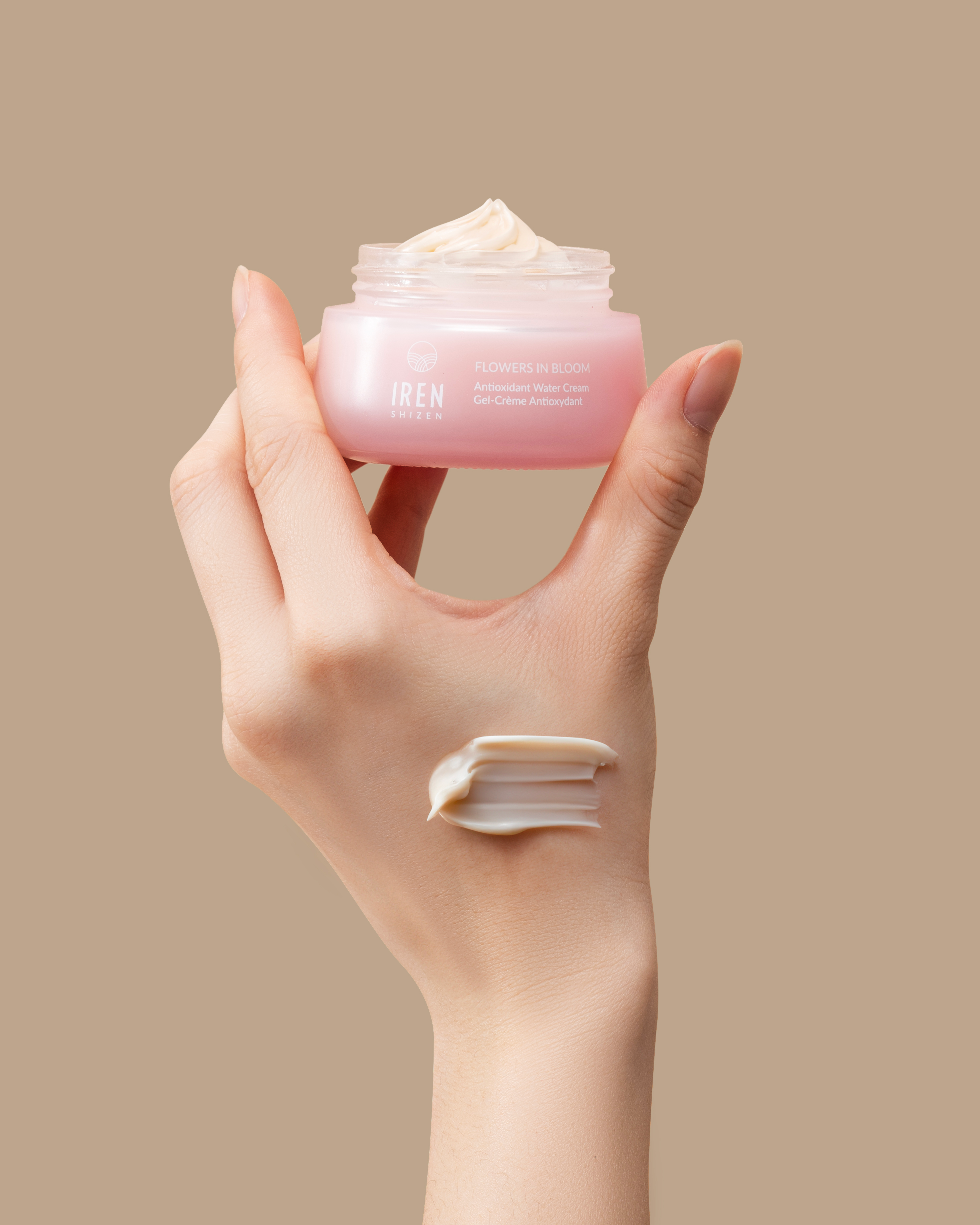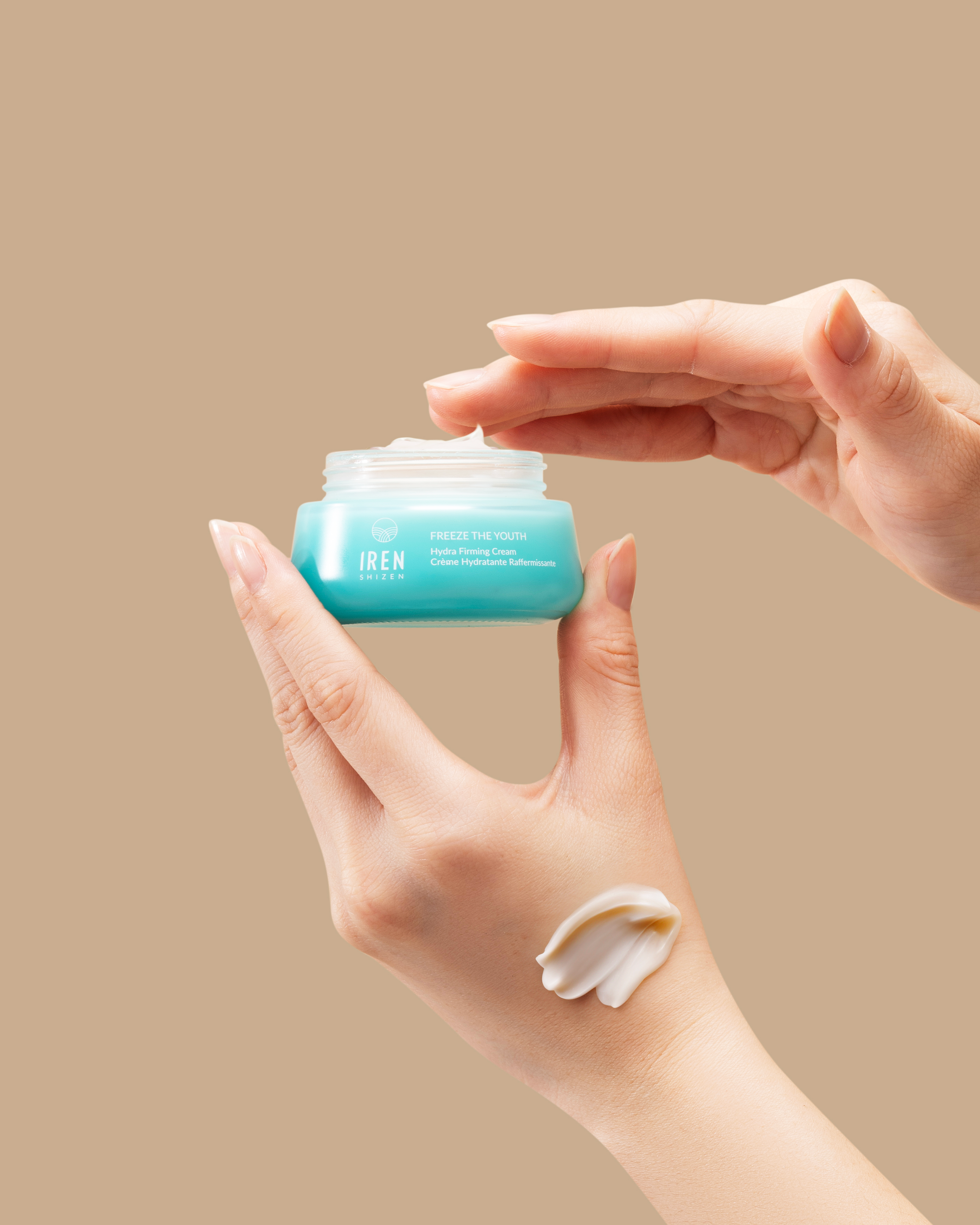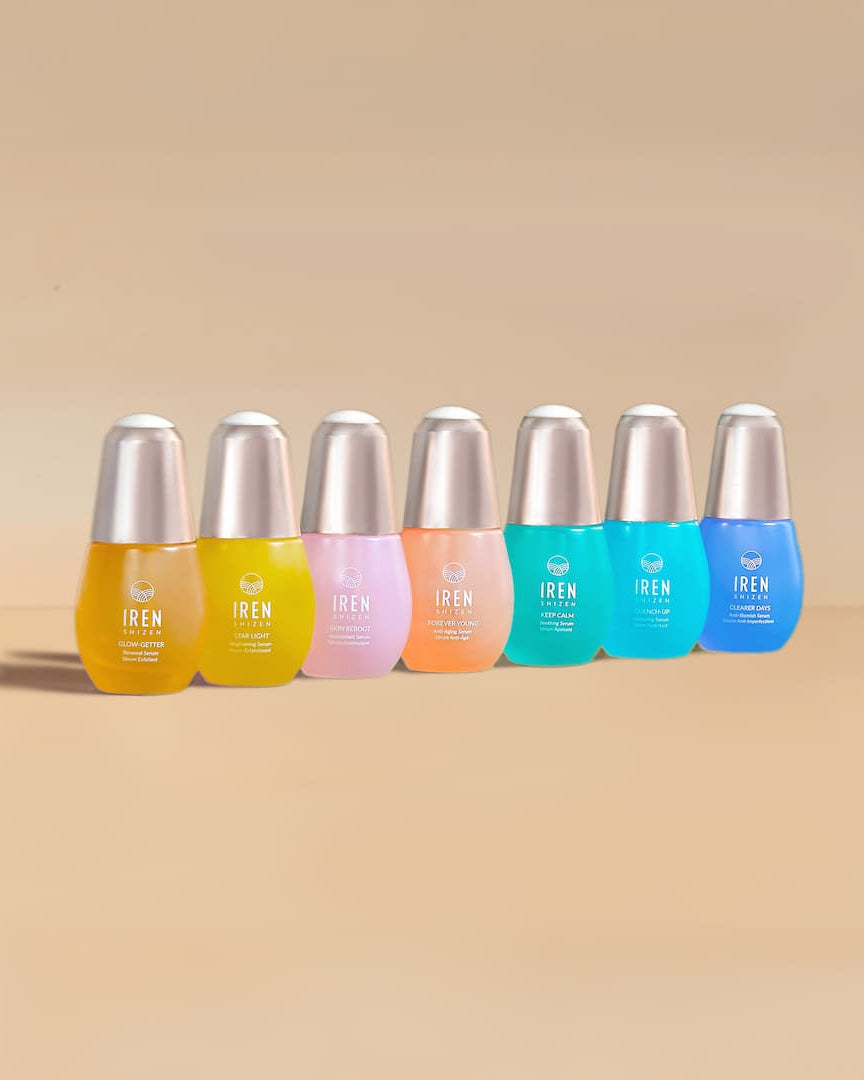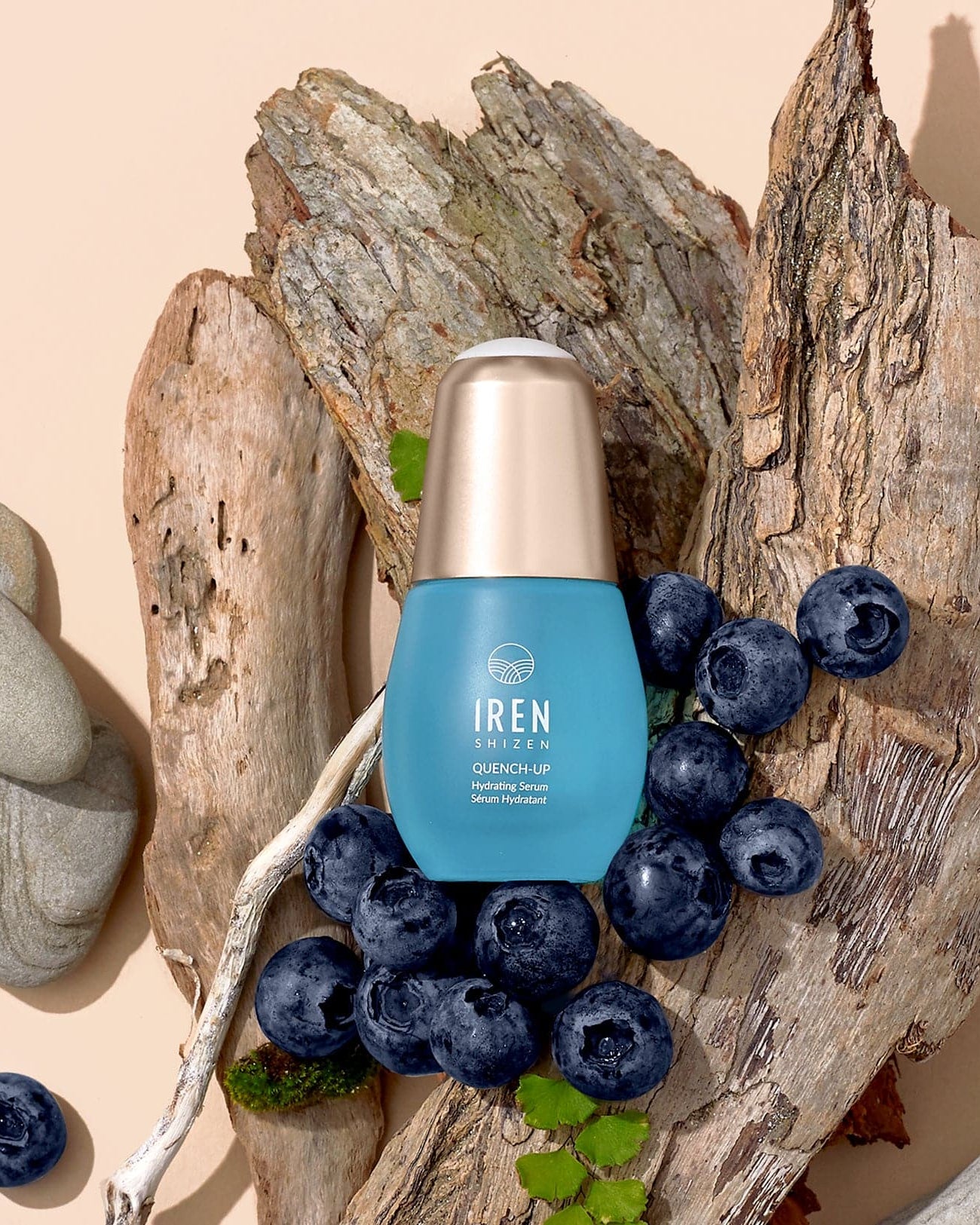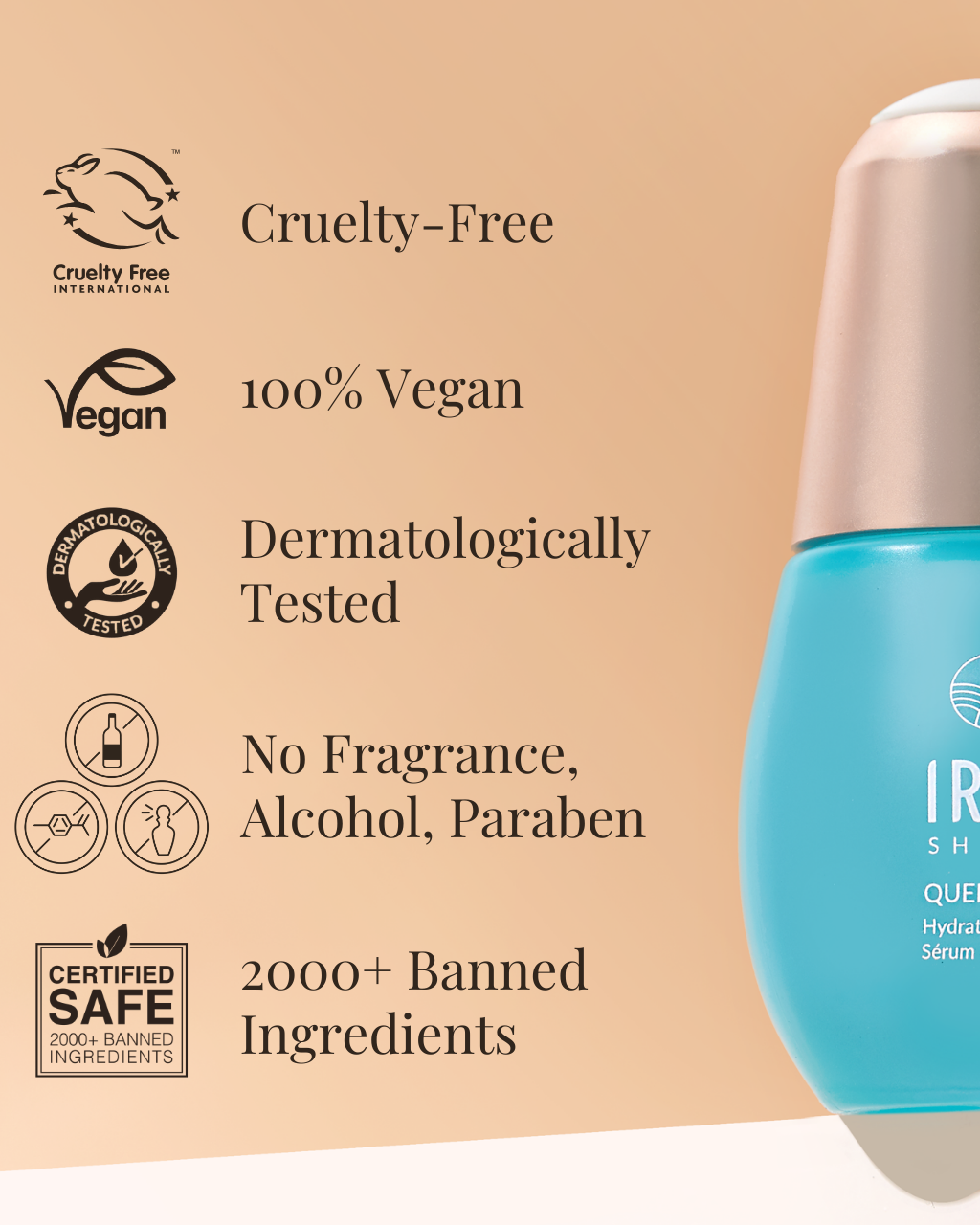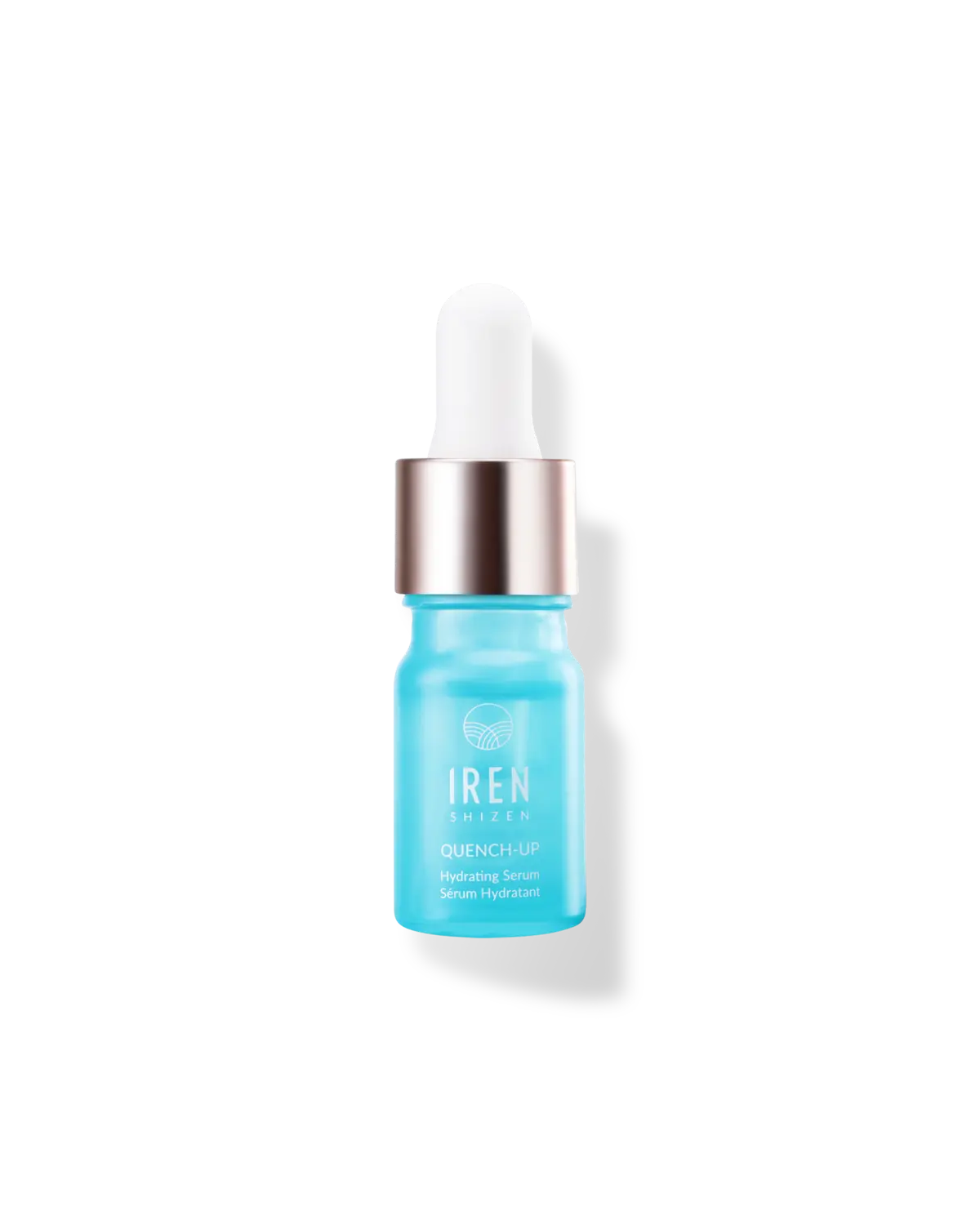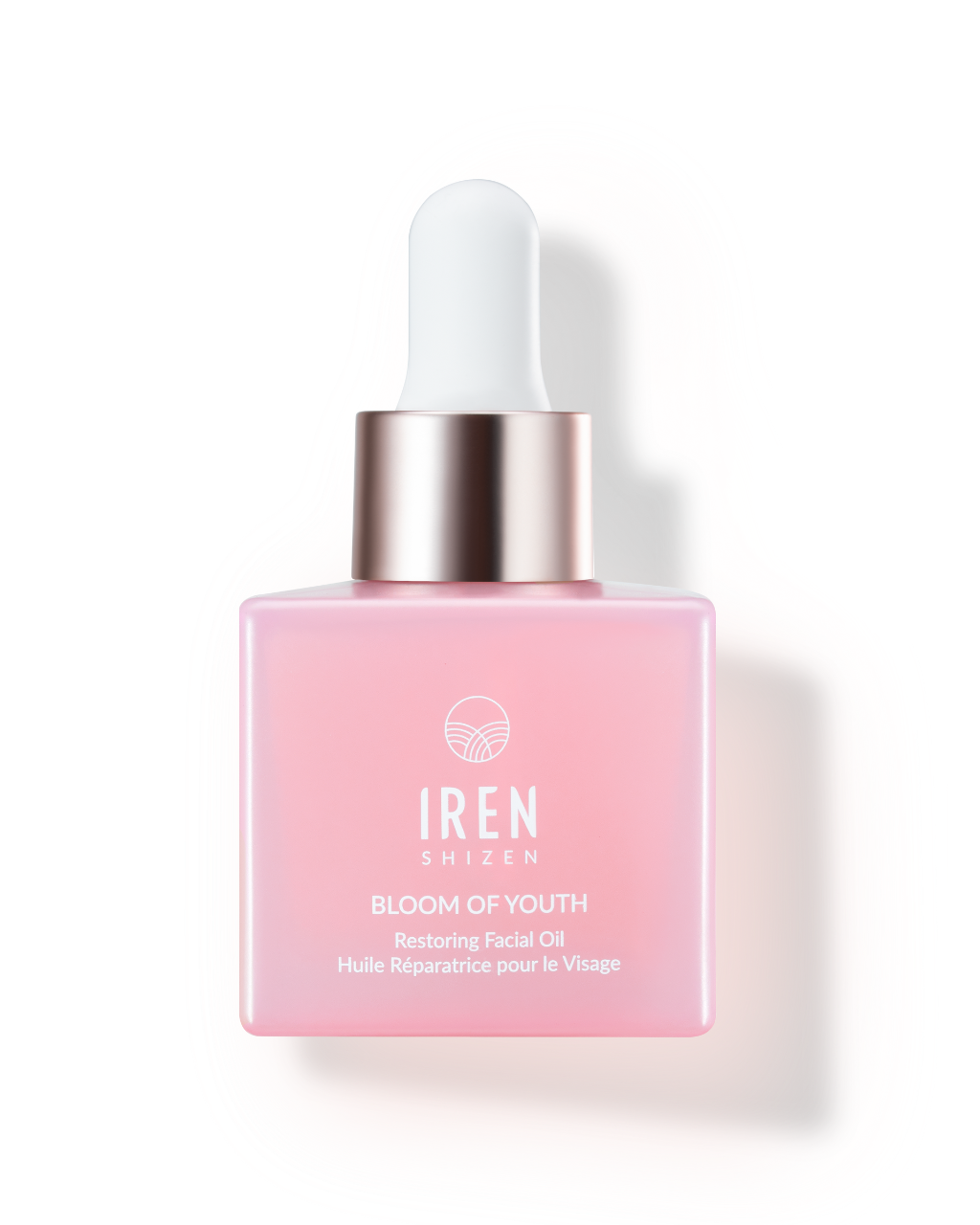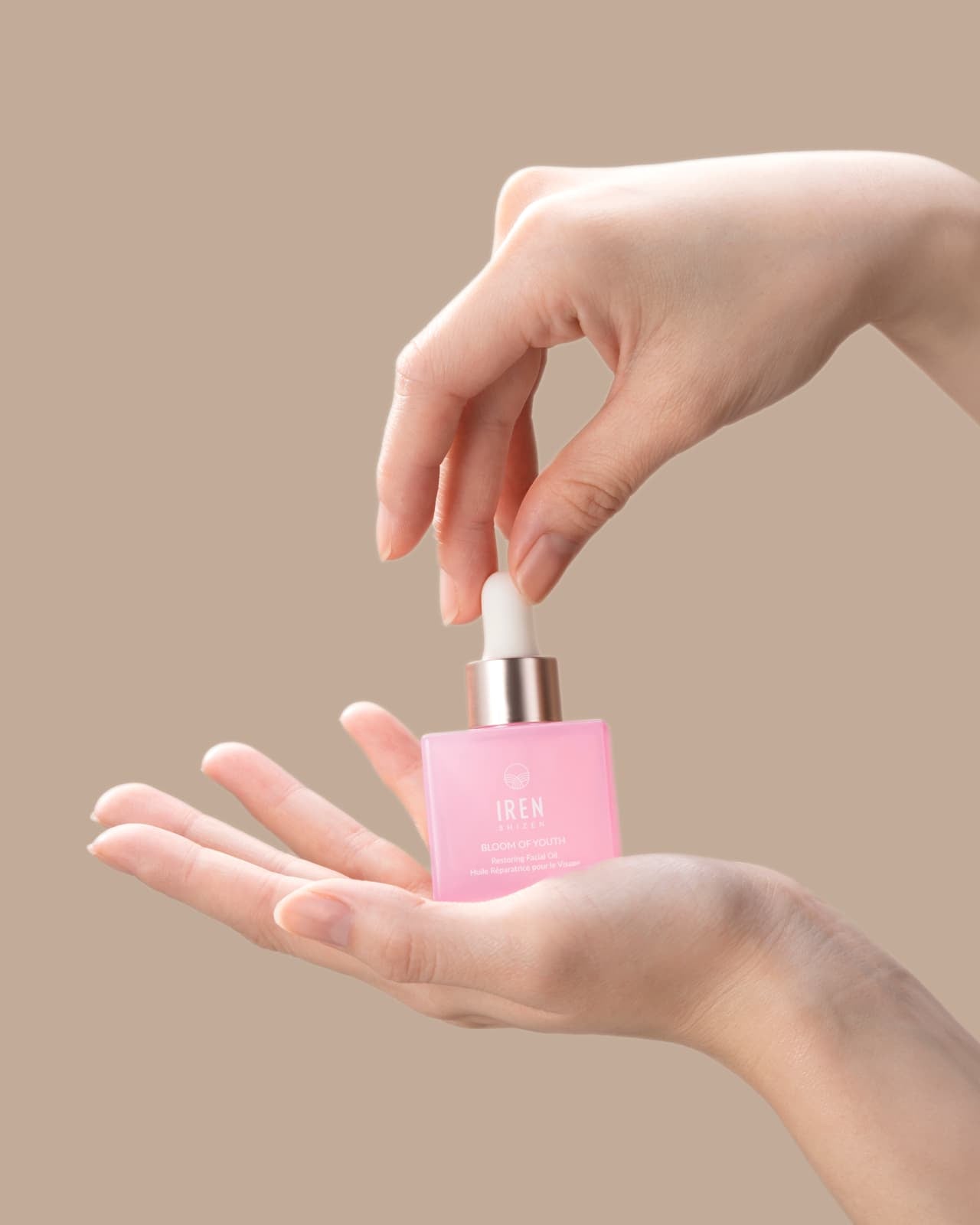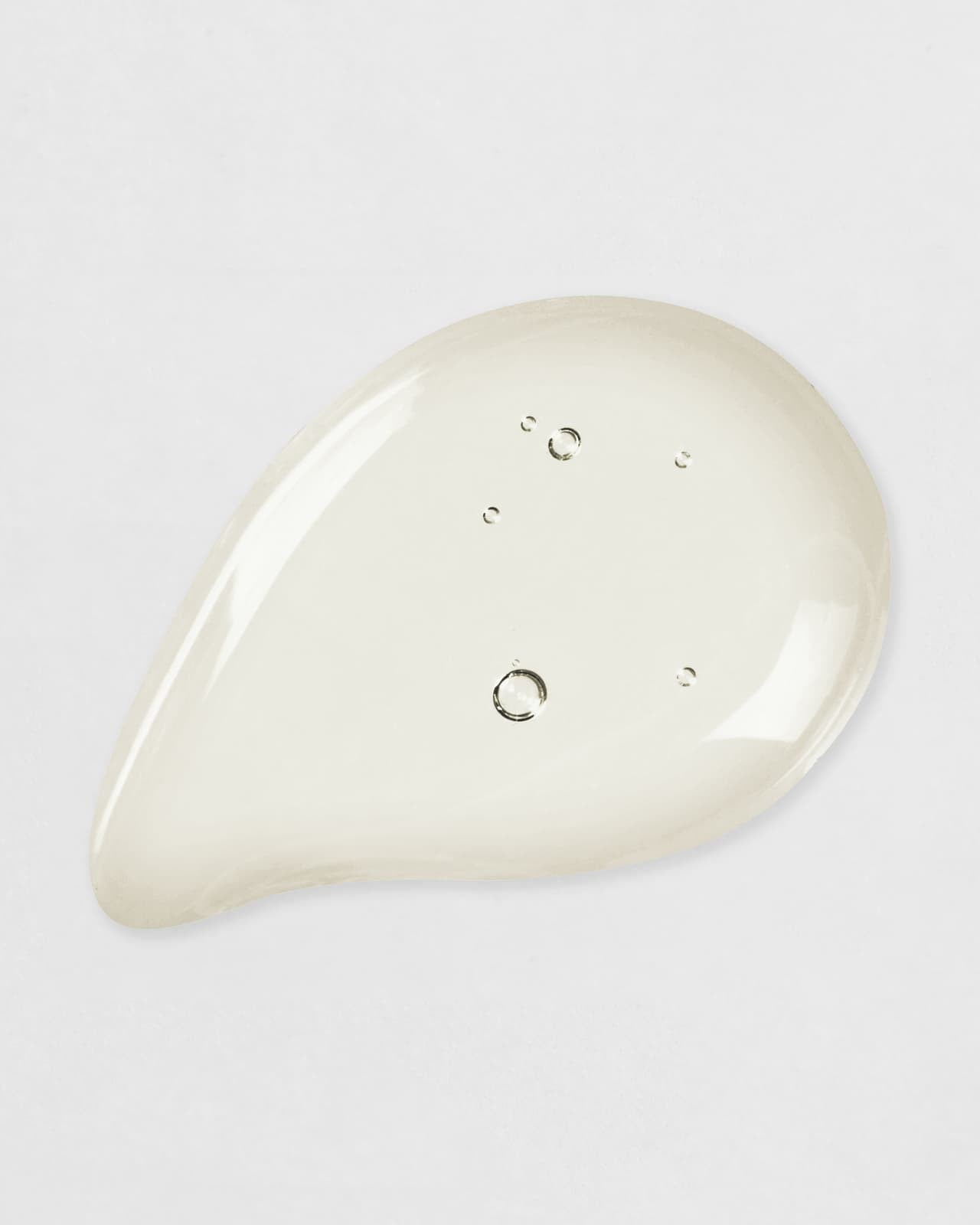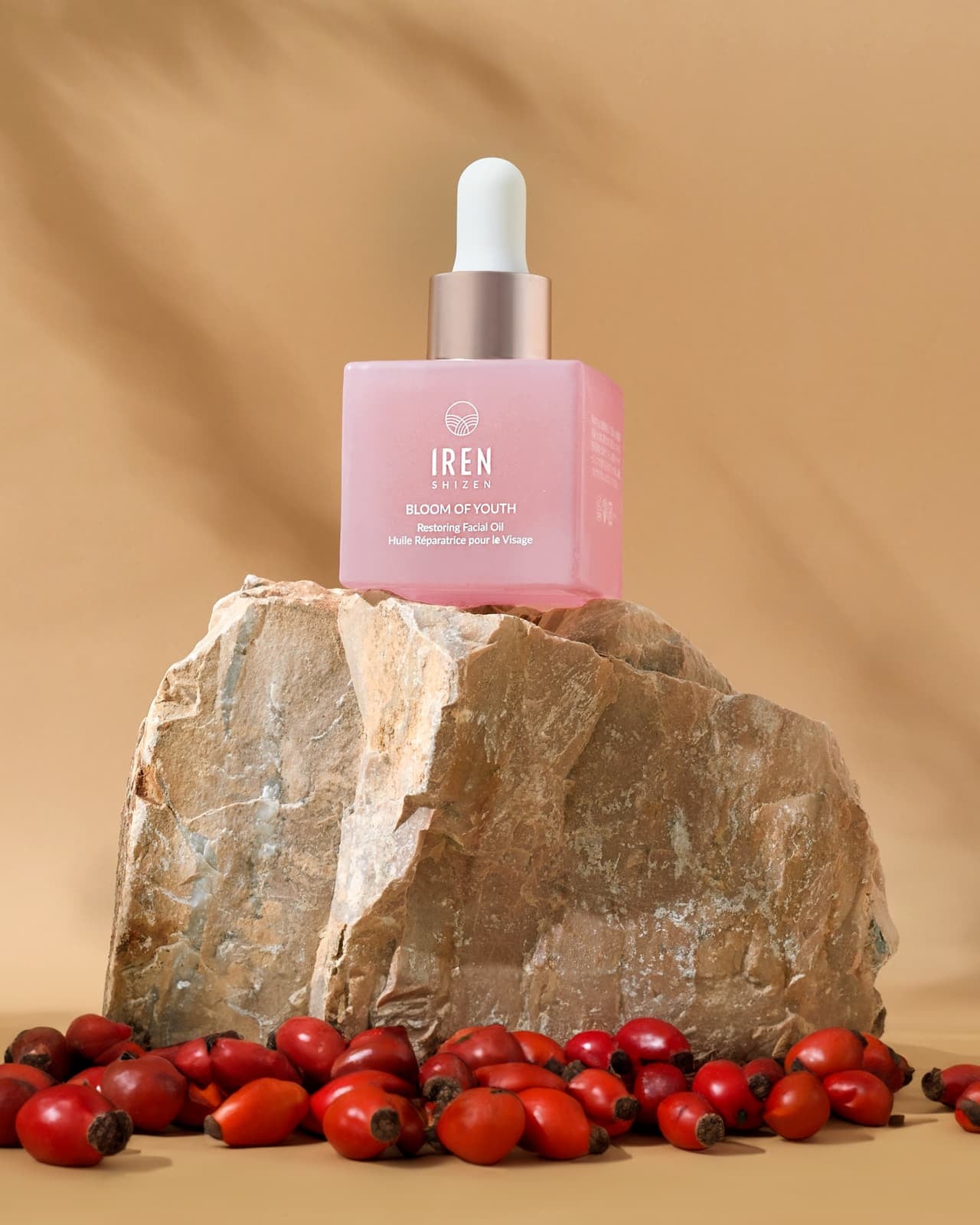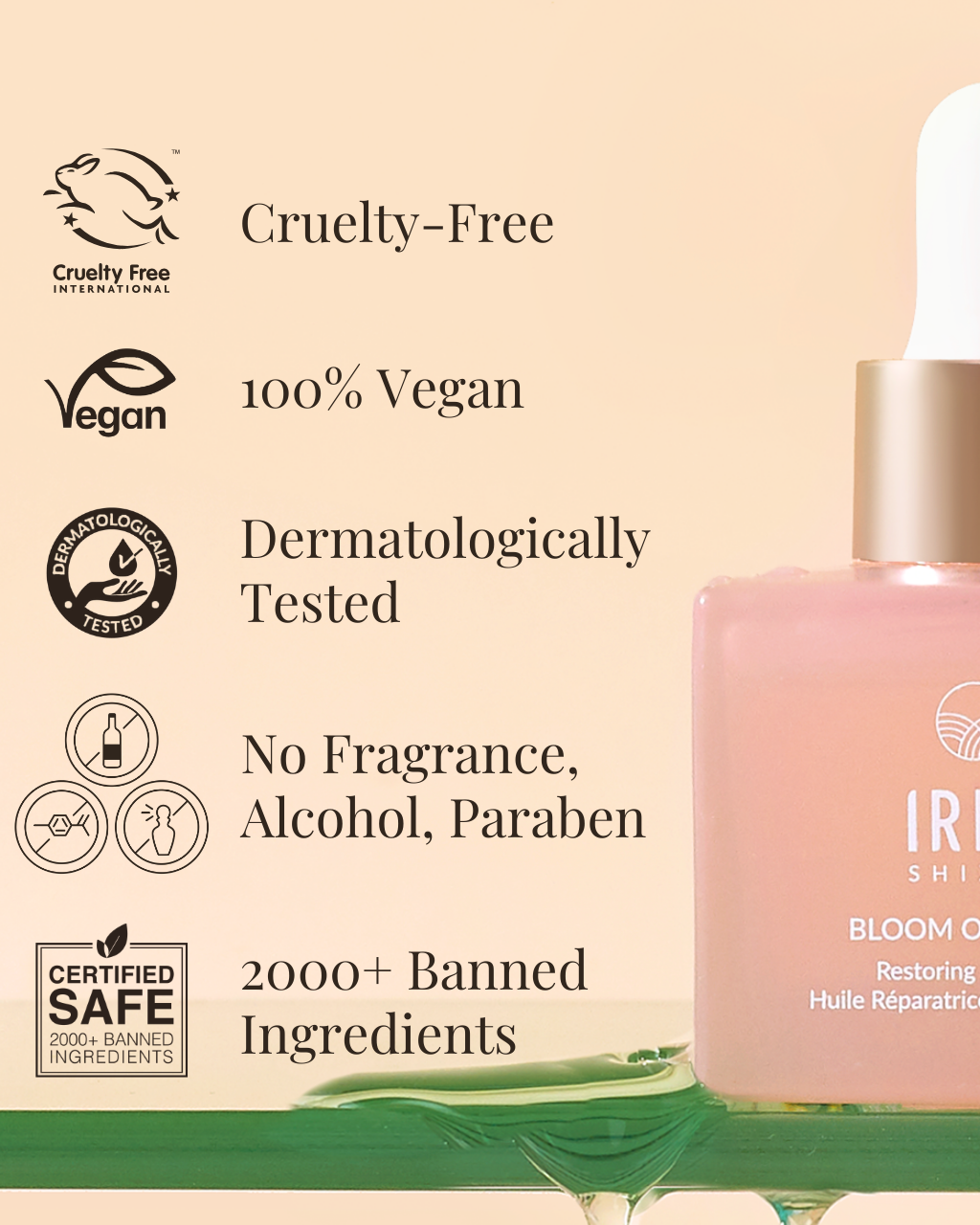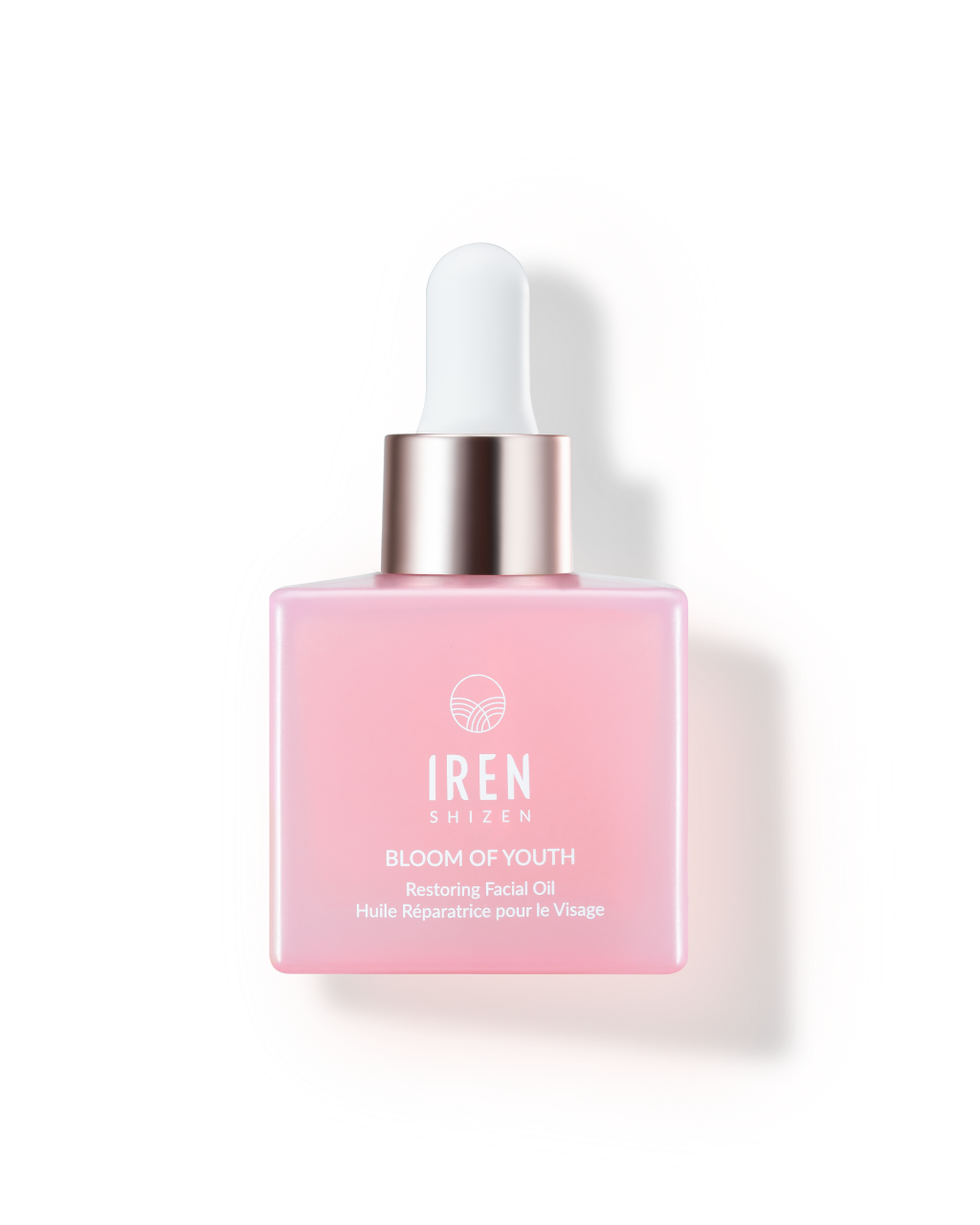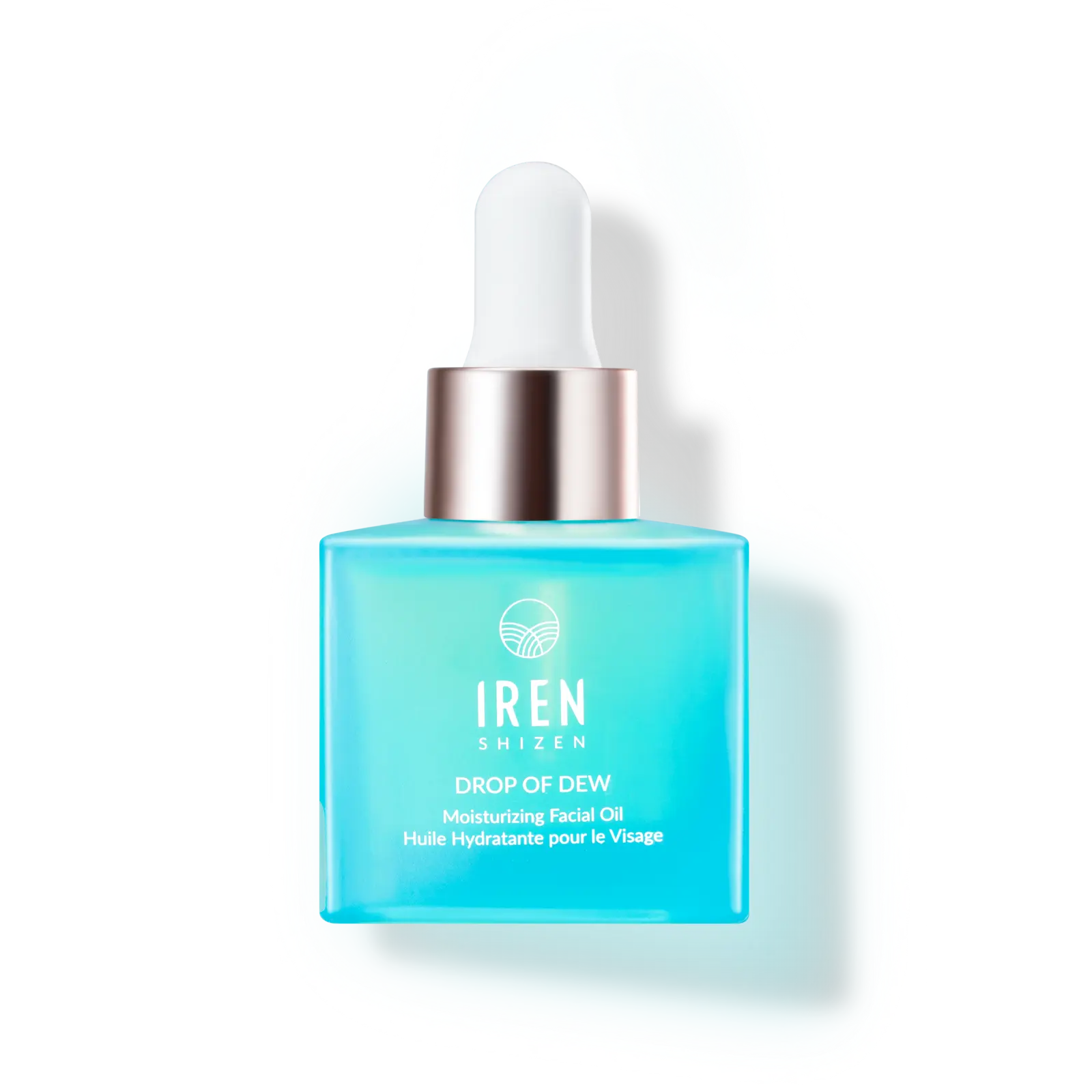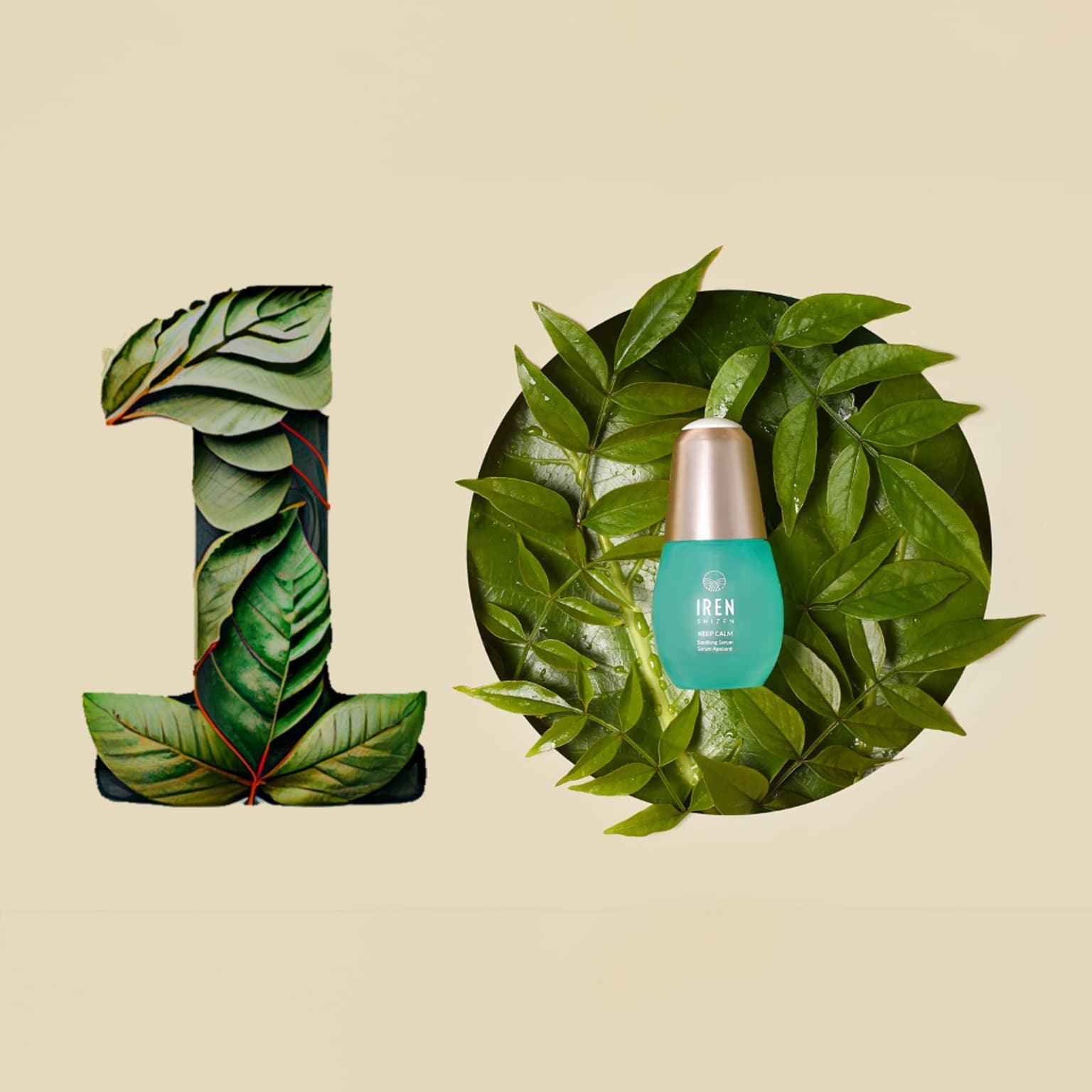We’re going to be real honest with you. As a skincare brand that bases our formulations on proven science and not hype or hearsay, it can be hard to assure skincare connoisseurs that all of our ingredients are safe to use (no matter how controversial they may be within the community).
In this article, we will disclose our dilemma and journey with phenoxyethanol (C8H10O2). It is a preservative we have since decided to use in our products to replace formaldehyde and formaldehyde releasers and parabens after much deliberation, rigorous testing, and tireless research.
With all our cards laid out on the table, as well as statistics from reputable sources included, we hope to provide you with all the information you need to decide for yourself whether or not you’re supportive of our conclusions (and we hope you will be!).
Our dilemma about phenoxyethanol

It all started in France, where French authorities have fought tooth and nail against European regulators about the safe use of phenoxyethanol till this very day. But before we go further in-depth about this later on in the article, here’s the gist.
Controversy about the preservative sparked when French authorities found exposure to too much phenoxyethanol in baby products, particularly baby wipes, to be harmful. But here’s the thing—it’s universally known that too much of anything has the potential to turn bad. And of course, with their sensitive skin in mind, infants are definitely more prone to allergens and irritants in chemicals than adults.
We’re not going to discount the fact that these results have been proven. However, context is everything. This is why we’re standing our ground that small amounts of phenoxyethanol in adult skincare is safe. And we have the research to prove it!
What is phenoxyethanol?
Let’s play chemist! Phenoxyethanol is a gentle preservative (or a glycol ether if we’re going to be technical about it). It is often used as a substitute for toxic ingredients to extend the shelf life of products and prevent the growth of bacteria.
Unlike other preservatives, phenoxyethanol is versatile. It can work effectively with an extensive range of formulations and pH ranges to rid your skincare products of Gram-negative bacteria and protect them against pathogens. It is also stable, doesn’t react with other ingredients, air or light, and is compatible with them.
If we had to describe the ingredient, its most apparent trait would be its aromatic, rose-like scent and sticky texture. Found in most cosmetics and personal care products, chances are you’ve probably slathered this ingredient on your skin before!
What cosmetics contain phenoxyethanol?
Studies show that phenoxyethanol was found in 23.9% of products in the United States. Specifically in 43.09% of drugstore skincare, 23.29% of personal care products sold in supermarkets, and 14.1% of cosmetics from herbal shops.
You can also find it in the following personal care products:
- Perfume
- Foundation
- Blush
- Lip products
- Eye shadow
- Mascara
- Eyeliner
- Concealer
- Nail polish
- Cleansers
- Moisturizers
- Serums
- Creams
- Lotions
- Sunscreen
- Soaps
- Conditioner
- Shampoo
- Hair products
- Hand sanitizer
- Deodorant
- Toothpaste
- Ultrasound gel
- Baby wipes and lotions
- Shaving cream
- Hair removal waxes
It is also good to know how to identify phenoxyethanol on your ingredient list by its alter-egos as well:
- Ethylene glycol monophenyl ether
- 2-Phenoxyethanol
- PhE
- Dowanol
- Arosol
- Phenoxetol
- Rose ether
- Phenoxyethyl alcohol
- Beta-hydroxyethyl phenyl ether
- Euxyl K® 400, a mixture of Phenoxyethanol and 1,2-dibromo-2,4-dicyanobutane
What is phenoxyethanol an alternative of?
Formaldehyde and Formaldehyde Releasers
By far one of the most notorious preservatives out there, formaldehyde and formaldehyde releasers have been given a health rating of 10 by EWG—with one representing the best and ten the worst. Sure, they prevent bacterial growth in skincare, but it really isn’t worth its repercussions if you think about it.
In its purest form, formaldehyde and formaldehyde releasers are used in embalming fluid (we know, gross!), fertilizer, paper, and plywood production. You can only imagine how harsh the chemical will be on your precious skin.
One of the most common reactions to formaldehyde is skin irritation to the eyes, nose, throat, skin, and allergic contact dermatitis, blisters, scalp burns, and hair loss in more severe cases. Prolonged exposure to formaldehyde can also cause life-altering reactions in the future. From sensory irritation to severe reactions like breathing difficulties, asthma, and in some cases, even the risk of cancer.
A true no-go ingredient!
Parabens
On the other hand, parabens are highly debated about ingredients that cannot be fully explained in such a short paragraph. But we’ll try our best to sum it up for you!
Much like phenoxyethanol, parabens are common artificial preservatives that prevent and reduce bacterial growth and mold to prolong the shelf life of products. The only difference between them is that parabens seem to pose worse health effects.
The overexposure of parabens can create endocrine disruption and reproductive harm. It can also pose the risk of cancer and skin irritation to your health. And remember, context is everything. Parabens can only do this if they are absorbed into your skin at high concentrations, which our article has since proven that the chances of this happening are unlikely.
Exposure to parabens, however, can still cause your skin to become sensitized and irritated. Although, this can be different for everyone as your exposure to parabens over the years and skin type varies.
Because of this, phenoxyethanol is the still next best thing that is safe and effective in preserving personal care products.
Dissecting the controversy behind phenoxyethanol
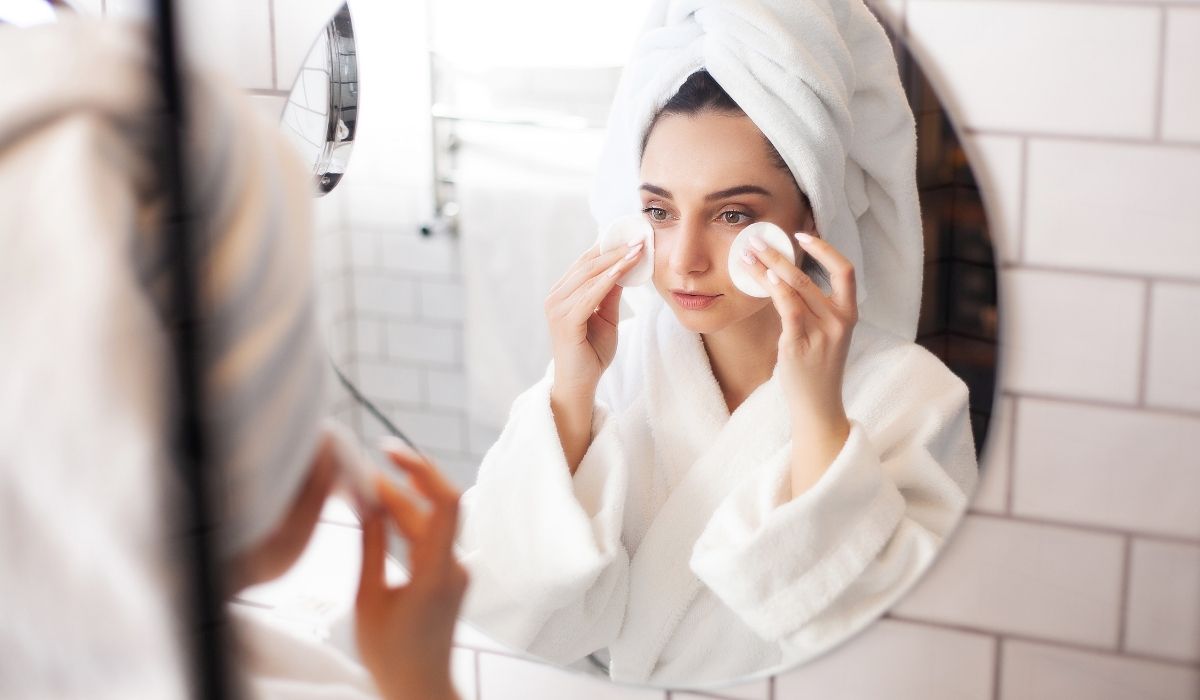
Now that you get the big picture, it’s time to dig deeper into phenoxyethanol’s controversy in the skincare community. Like the discourse surrounding parabens, research conducted on phenoxyethanol has no relation to skincare. Which is odd considering such context should be factored in before individuals draw wild conclusions and boycott.
France's Boycott of Phenoxyethanol
And this could be the cause of the French authorities. Their standard of cleanliness in personal care products and France’s preference for using apps like YUKA leave no room for discussion regarding determining ‘bad’ ingredients. Think of it as a black and white database that determines what’s good and what’s bad.
The French National Agency for the Safety of Medicines and Health Products (ANSM) determined phenoxyethanol to be harmful due to its skin reactions and nervous system interaction in infants. But really, all things considered—this has nothing to do with the context of safe skincare. To reiterate, the difference between infant and adult skin is vastly different, with adult skin being able to withstand irritation better over time.
Context is Everything
If there is one takeaway you can gather from this, it’s that concentration matters. Studies condemning phenoxyethanol as a safe ingredient do not factor in the concentration of the preservative formulated in everyday skincare. If you were to test the toxicity of an ingredient at its fullest strength and not at the amount it is going to be used at, results would definitely be skewed towards the negative. Ever heard of the phrase “too much of a good thing?” Yeah, it’s essentially that.
Regulations wise, most authorities like the EU and Japan have limited the concentration of phenoxyethanol in skincare to a maximum of 1%. And this already a lot more than the current concentration in existing products today.
Based on the findings of the European Scientific Committee on Consumer Safety and the Cosmetic Ingredient Review (CIR), phenoxyethanol is considered safe for consumers of all ages when used topically in lower concentrations.
Honestly, the only thing you’d really have to worry about when using phenoxyethanol is potential allergies, albeit rare. To play it safe, especially if you have sensitive skin or eczema, you could try avoiding it. However, it’s worth noting that all preservatives (yes, even natural ones, to our surprise) carry the risk of sensitization.
Our journey in testing other alternatives to phenoxyethanol

We went through quite the journey when it came to determining the right preservative to use for our products. In all transparency, we had already been using phenoxyethanol in our Superfruit Booster Customizable Serums before we found out about the discourse surrounding the ingredient in France.
YUKA's Impact on Consumerism
Deciding to look into it, our R&D team found that it all stemmed from a popular ingredient scanning app called YUKA. If you are residing in Europe, you may probably already be familiar with it. But for those of you who aren’t, here’s a quick rundown.
YUKA works as a database that automatically rates ingredients (mostly food) on an average score based on international standards. Still, it does not take into account the dosage of said ingredients. Because it has to consider every ingredient’s nutriscore (a rating system meant for food consumption), cosmetic ingredients lose 60% of their weight of score on YUKA. The app’s developers have also decided to dismiss the relevance of the ingredient’s rate of exposure, formulation, quantity, and frequency of application when calculating its score, already putting cosmetic ingredients at a loss.
But we digress; the point we are trying to make here is that apps like YUKA have the power to warp the mindset of consumers and create misunderstandings about safe ingredients in the beauty industry, as is being done in the case of phenoxyethanol.
Phenoxyethanol is Safe
We also found that the controversy about phenoxyethanol was blown out of proportion. Besides France’s reaction, there is no scientific evidence that the preservative is inherently bad for your skin health.
As a matter of fact, its dosage would have to be at extreme levels before it can do any potentially harmful damage. Most studies we found were also tested in vitro (or, in layman terms, were tested on plants) at high concentrations, which does not give an accurate picture of what is being concluded. Additionally, more literature proves that phenoxyethanol is safe compared to those that suggest it may be harmful.
As a scientifically-clean skincare brand, we try our best to find the best ingredients in the market that work well with our active ingredients. We went through a year of looking for alternatives to phenoxyethanol and tried and tested many replacements (more than 10!) but ultimately found most to be incompatible with our serums and did not give a broad spectrum of coverage as compared to phenoxyethanol itself.
Our decision to continue using phenoxyethanol

Most alternatives like organic acids, sodium benzoate, and essential oils were also too drying or ineffective in protecting our products against the full spectrum of bacteria out there. When paired with our active ingredients, we found them to have stability issues, were unstable after testing, and precipitated. Prolonged usage of these substitutes also caused reactions to particular skin, such as breakouts.
The whole process was tiresome and long. We had to request samples, wait to test said samples, and then ask for more when the previous samples were incompatible. Samples also took ages (months even!) to arrive because of slow responses by suppliers and delays in shipment caused by the Covid-19 pandemic.
We even considered going preservative-free. But we found that useless as preservative-free products tend to be for single-use only and have short shelf lives. Having no preservatives in your products also means no protection against bacteria, not something we wish for our beloved consumers.
At the end of the day, we are happy to say we have gone ahead with the use of phenoxyethanol in our products. And we hope you understand why we deemed it fit. Phenoxyethanol ended up being the safest, most stable, and compatible preservative to use in skincare, based on the thorough research, findings, and testing we’ve conducted over the past year.
